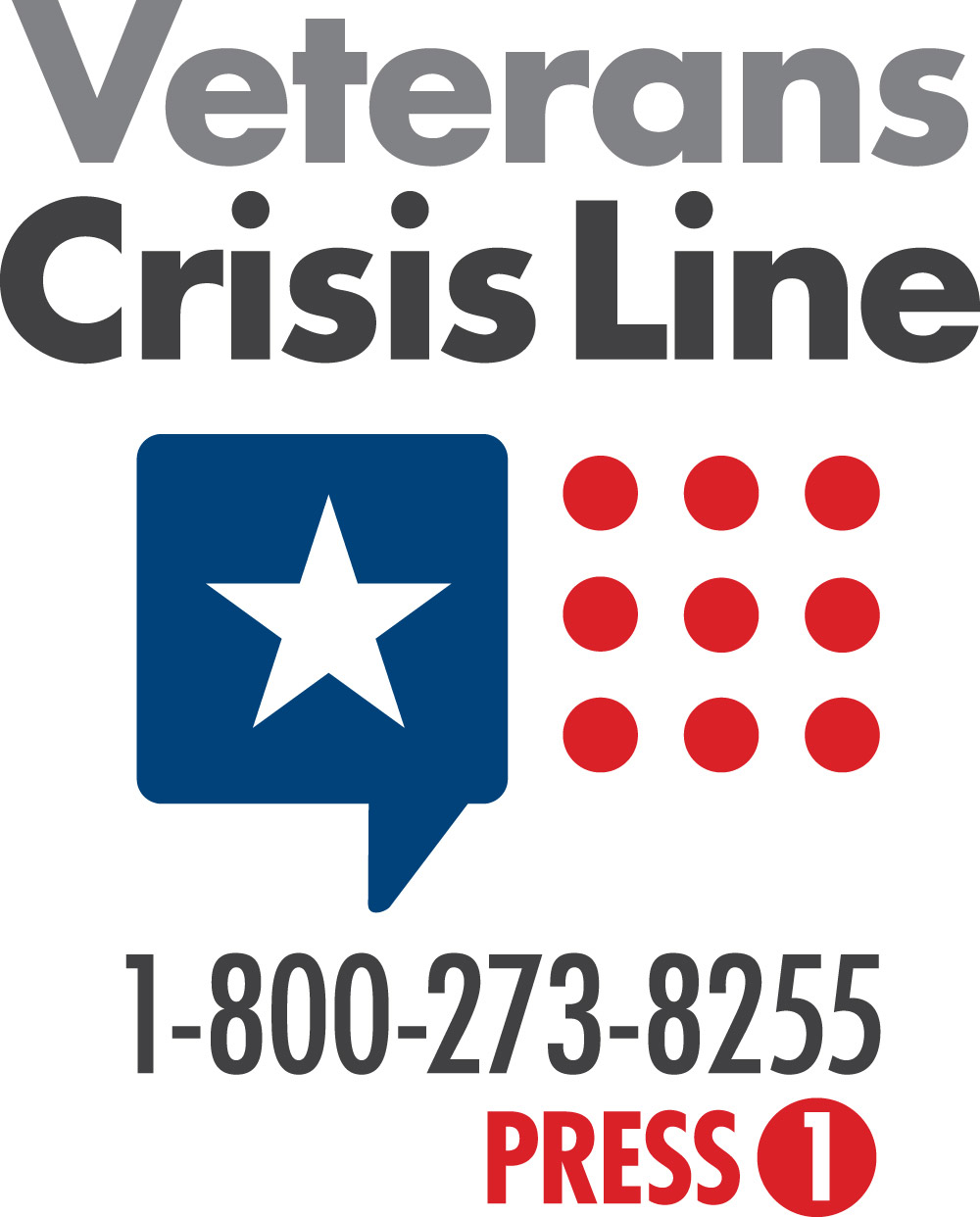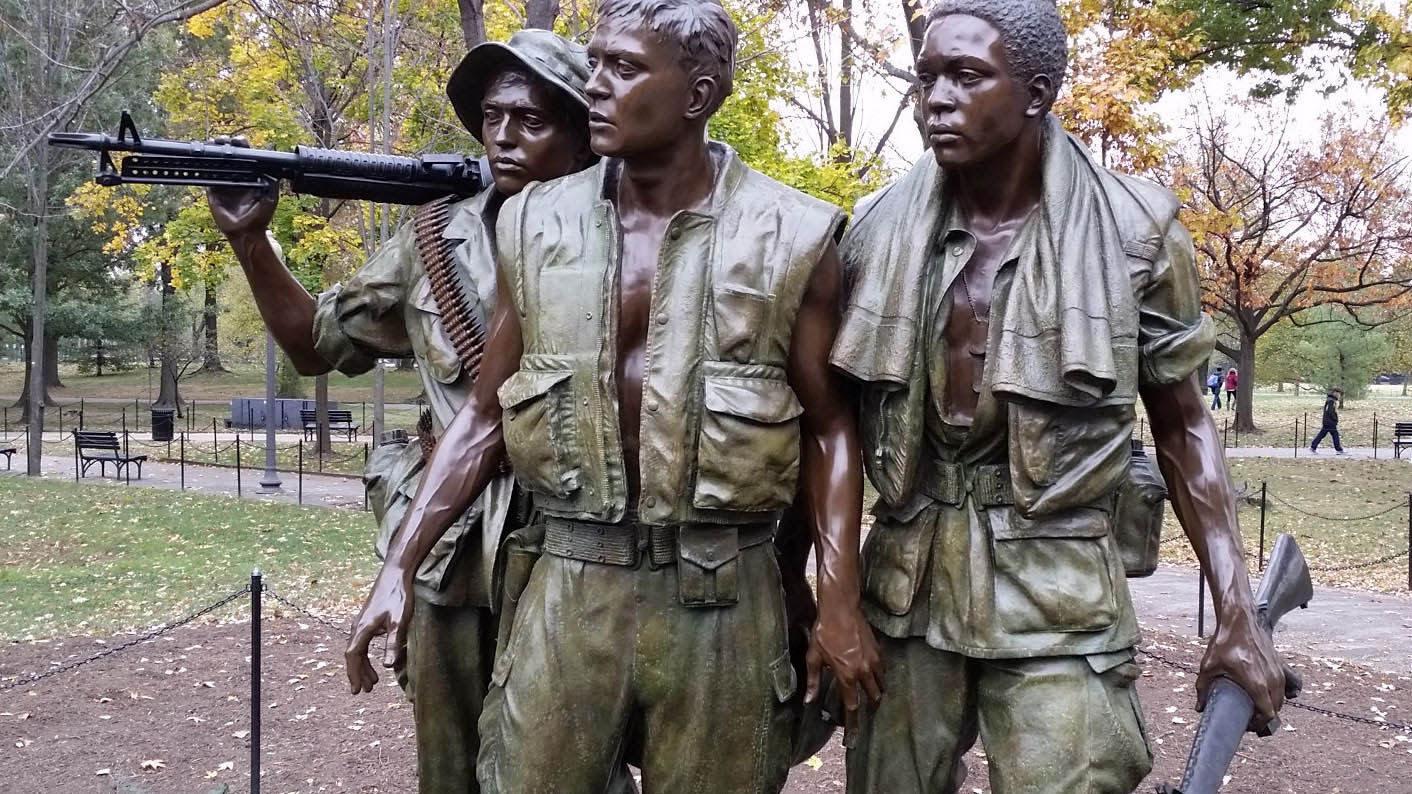Suicide is a burgeoning issue that affects tens of thousands of American families every year. The federal Centers for Disease Control and Prevention reports suicide rates in the United States have jumped by 24 percent since 1999.
As alarming as these statistics may be, the news is even worse for military veterans and their families. A study released last year by the U.S. Department of Veterans Affairs found an average of 20 vets a day died from suicide in 2014, an increase of more than 32 percent since 1999. And while veterans make up only 8.5 percent of the U.S. population, they accounted for 18 percent of all suicide deaths during this period.
Over the past decade, the VA has launched several new initiatives to combat suicide, and Jonathan Weinstein ’96 is on the front lines of this campaign. A clinical psychologist, Weinstein was appointed in 2015 as the Suicide Prevention Coordinator at the Veterans Administration Hudson Valley Health Care System, based in Montrose, NY. Before he was appointed to the post in Montrose, Weinstein counseled vets in the Bronx. He is also an assistant professor of psychiatry and behavioral sciences at New York Medical College in Valhalla, NY.

Weinstein says combating suicide among veterans is particularly challenging because those who are most prone to attempt it are often not connected to VA services. While the media focuses on suicides among young vets returning from combat in Iraq or Afghanistan, it is much older veterans who are far more prone to taking their own lives.
“The soldiers who are just returning and may be suffering from Post Traumatic Stress Disorder (PTSD) are usually identified and are getting appropriate care,” Weinstein says. “Often, those at greatest risk have been out of the military for a long time and are coping with physical health or addiction issues, in addition to mental health concerns. Most are in the 45-to-65 age range and are dealing with chronic pain or substance abuse.”
Weinstein says some factors leading to suicide for many vets have little or nothing to do with their time in military service. “Many vets joined the service to flee a bad family situation,” he says. “The issues are frequently more complicated than the picture painted by the media.”
Last year, the VA developed a new program that identifies veterans who may be at the highest risk of suicide. “We use predictive modeling, Big Data, and algorithms to determine which vets are at highest risk for suicide,” Weinstein says. “Some are already connected to care in the VA system, but others are not, and I can cold-call them, tell them they’ve appeared on our list, and ask them if they want to come in and get help. Once we find them, we do the outreach to connect them with the appropriate providers.”

For those who agree to become engaged in counseling, Weinstein uses a protocol that he first began to develop while working with Vietnam-era vets in addiction programs and in-patient psychiatric wards at a VA hospital in Baltimore. He served his clinical internship in Baltimore in 2010, part of his requirements for earning his PhD from the University of Mississippi.
Weinstein says his six-step process helps vets become aware of their specific factors that could lead to a suicide attempt, understand strategies to cope with a stressful situation, learn what social activities can help them cope, know which family members and friends to call in an emergency, know which professionals to call, and know how to restrict or avoid the means of a suicide attempt by denying themselves access to guns or pills.
Weinstein’s journey from Vassar to the VA was a circuitous one. He majored in history and minored in German and became interested in law enforcement after serving an internship at the Dutchess County Public Defender’s Office during his senior year. After he graduated, he began work at the New York City Department of Investigations, an agency that looked into alleged wrongdoing by city employees.
Weinstein quickly became disenchanted with the work. “I thought we’d be rooting out corruption,” he says, “but mostly what we did was catch lower-level employees who worked seasonally who overlapped their unemployment insurance with their salaries.”
It was while he was working undercover at a swimming pool at a housing project that he began to think about changing his career path. “I was there to investigate reports of sexual harassment of female lifeguards by male lifeguards,” Weinstein says. “But while I was there I got to know some of the children and learned about their family situations. My interest began to shift to counseling, to psychology.” He started graduate school in 2002 and finished his PhD in 2010.
Working in a large organization like the VA can be challenging at times, Weinstein says, but it’s also frequently rewarding. “We’re still refining some of the protocols in our suicide prevention work, but it’s been gratifying to be able to empower my colleagues, to help them with their own career development,” he says. “But a lot of the satisfaction comes with meeting my patients, engaging them in a safety plan, and helping them navigate the system. It can be challenging, but it’s nice to be part of a team sport.”
“It’s the little things that mean the most sometimes,” Weinstein adds. “When I was leaving the Bronx VA, one of my patients pressed a chocolate bar into my hands on my last day. Little gestures such as this one mean a lot to me.”
